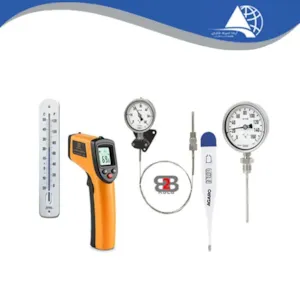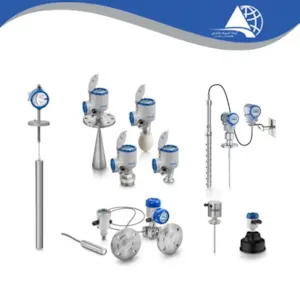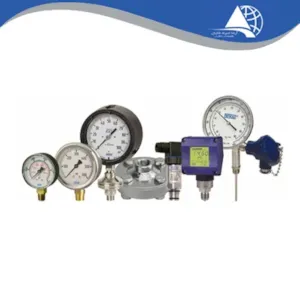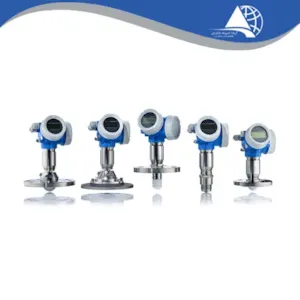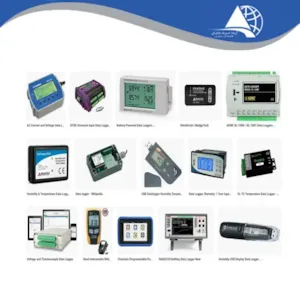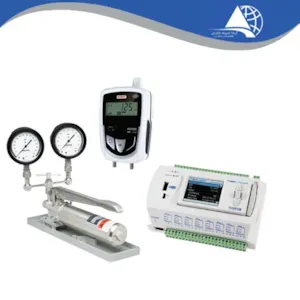Types of Precision Instrumentation Equipment
1. Sensors
Any device capable of measuring and converting physical quantities into electrical ones is called a sensor. The role of a temperature sensor is to measure the temperature and convert it into an electrical signal.
2. Transmitters
Transmitters, in general, refer to equipment that performs the functions of measurement (sensors), conversion, and signal amplification in one unit. Transmitters are widely used in large industrial processes because they can be located at a considerable distance from control rooms, making the use of transmitters more logical in such situations.
3. Transducers
Transducers are essentially signal converters that convert output signals from sensors into standard signals. For example, using a thermocouple with millivolt-level outputs would be entirely impractical in industry. In such cases, a thermocouple to 0-10 volt signal converter can be used. Transducers are essentially signal converters.
4. Displays
To display the measured parameter values of precision instrumentation equipment, displays with standardized inputs must be used. For example, to display the pressure value from a sensor or the temperature value measured by a sensor, displays that support the same sensor or standard inputs like 0-10 volts or 4-20 milliamps should be used.
5. Controllers
After measurement, the next step is control. For example, if you want to control the temperature of a water tank in a process, the elements and equipment needed for this task include a controller, a temperature transmitter, and a control valve. The control valve controls the heating energy, which can be heat from a fire, and the control valve is responsible for controlling the input gas or the energy supplier can be steam, and the control valve controls the steam flow rate.
6. Final Control Elements
As the name suggests, the final control element performs the final step of any process (assuming it's a control process). In various processes, this final control element can vary. In one process, it may be a control valve, in another, an electric motor, in yet another, pneumatic and hydraulic actuators, and so on. Actuators are essentially the same as final control elements.
Components of Precision Instrumentation
Measuring Elements
The measuring part measures the actual value of the desired parameter. Various parameters are measured in industries for control purposes.
Measurement of pressure
Measurement of temperature
Measurement of fluid flows
Measurement of liquid levels
Controllers
In the early days of industry, control was done by human operators, and then with the advancement of science, automatic control systems came into being with the introduction of pneumatic (air-driven) devices. After some time, with the invention of transistors, electronic cards began to be used for control. With the availability of these electronic components, manual control by human operators was reduced. Continuing this trend, industrial computers known as PLCs entered the industry, making it easy to control units, and changes could be easily made to the units.
Today, newer controllers such as Distributed Control Systems (DCS) and Fuzzy Controllers (FCDD) are responsible for controlling units in industrial processes.
Actuators (Output Devices)
Actuators are devices that take output signals from the controller and act in accordance with these signals. Notable output devices include control valves and electric motors. These devices, through their operation, ensure that the measured parameters are controlled to the desired and specified value. These devices come in a wide variety.
Measurement Characteristics
Measurement Range
Zero Measurement
Zero Drift
Sensitivity
Resolution
Response
Linearity
Hysteresis
Accuracy
Repeatability

